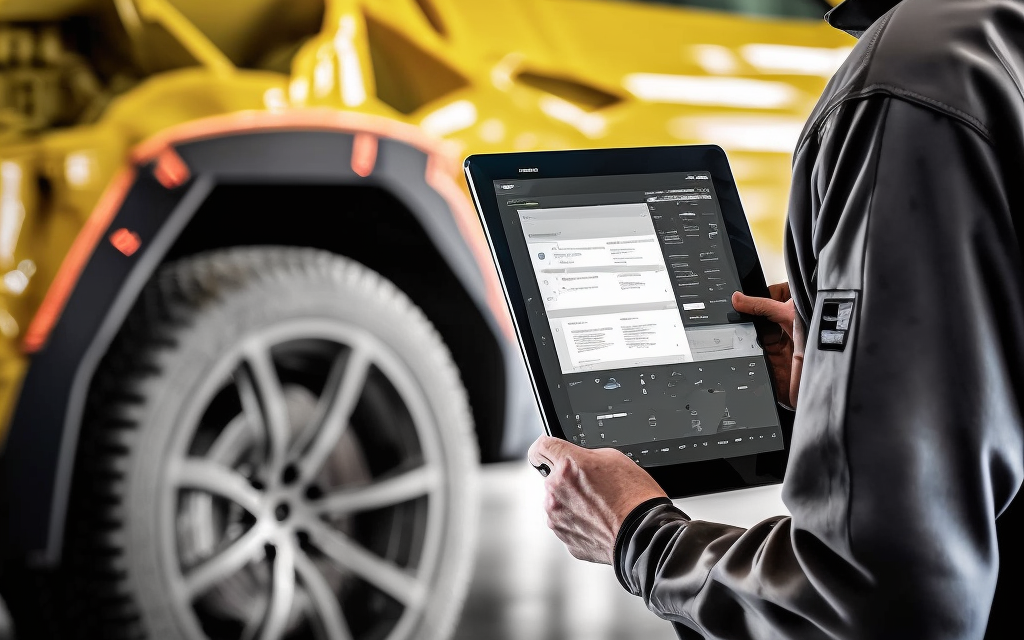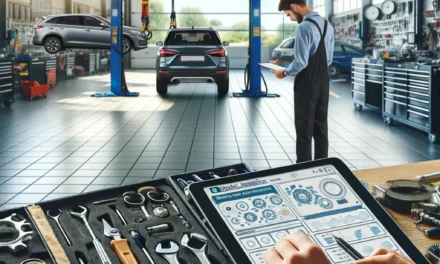Buying a used car can be a daunting experience, but with proper guidance and a thorough inspection process, you can make an informed decision and drive away with confidence. This comprehensive guide will cover everything you need to know about inspecting a used car, from the initial background checks to the in-depth mechanical examination. Don’t miss out on this vital information to help you make the best choice when purchasing a pre-owned vehicle.
1. Preliminary Research: Background Checks and Vehicle History
Before diving into the physical inspection of a used car, it’s crucial to conduct some initial research. Check the vehicle’s history through services like CarFax.com, Autocheck.com, or VINcheckup.com. These platforms will provide essential information such as previous ownership, registration details, odometer readings, accident history, and performed maintenance or recall. Use this data to determine if the car is worth further consideration.
2. A Closer Look: Static Checks for Exterior and Interior
With the background information, it’s time to examine the vehicle’s exterior and interior. Here are some key points to check during this phase:
- Title and Vehicle Identification Number (VIN): Request to see the title, ensuring it isn’t labelled as salvage or rebuilt, as this indicates significant damage. Verify that the VIN on the title matches the one on the car.
- Rust and Damage Repairs: Inspect the vehicle for rust, particularly on the frame or subframes, as this can indicate structural issues. Examine the bodywork for waves or paint discrepancies, and use a magnet to check for body filler on suspicious areas.
- Glass and Windows: Look for cracks or chips in the windows, as these may require costly repairs or replacements.
3. Under the Hood: Inspecting Fluids and Components
A thorough inspection of the engine compartment will help identify any potential issues with the car’s fluids and mechanical components. Keep these points in mind:
- Oil: Check the oil dipstick for grit, water, or gray foam, which may indicate engine wear or contamination.
- Coolant: Ensure the coolant in the overflow tank is green or orange and not whitish or rusty, which could signal problems.
- Transmission Fluid: If applicable, examine the fluid for colour and odour. It should be pink or reddish without a burnt smell.
4. On the Road: Dynamic Checks and Test Drives
A test drive determines how the vehicle performs under real-world conditions. Be sure to check the following during your drive:
- Warning Lights: With the ignition on, ensure all warning lights illuminate and extinguish once the engine starts.
- Steering and Suspension: Pay attention to any looseness in the steering, unusual noises, or poor handling over bumps.
- Brakes: Test the brakes for responsiveness and look for pulsating sensations or spongy feedback.
- Engine and Transmission Performance: Monitor the engine and transmission for smooth operation, unusual noises, or erratic shifting.
5. Post-Inspection: Evaluating the Maintenance History
Once you’ve completed the inspection, evaluate the car’s maintenance history, including any receipts or records provided by the seller. This information will help you determine if the vehicle has been well-maintained and if any costly repairs or replacements are due soon, such as timing belt replacements.
If the vehicle passes your inspection and you decide to purchase it, consider taking it to a trusted mechanic to thoroughly check fluids, hoses, belts, brakes, and other routine maintenance items. This proactive approach will ensure your newly-acquired used car is in optimal condition and ready for the road ahead.
Conclusion
Purchasing a used car can be an overwhelming process, but by following this detailed guide, you can be confident in your decision and secure a reliable vehicle that meets your needs. From preliminary research and vehicle history checks to hands-on inspections and test drives, your approach must be diligent and thorough. By doing so, you’ll protect yourself from potentially costly repairs and headaches and enjoy the satisfaction of knowing you made an informed and sound investment.





